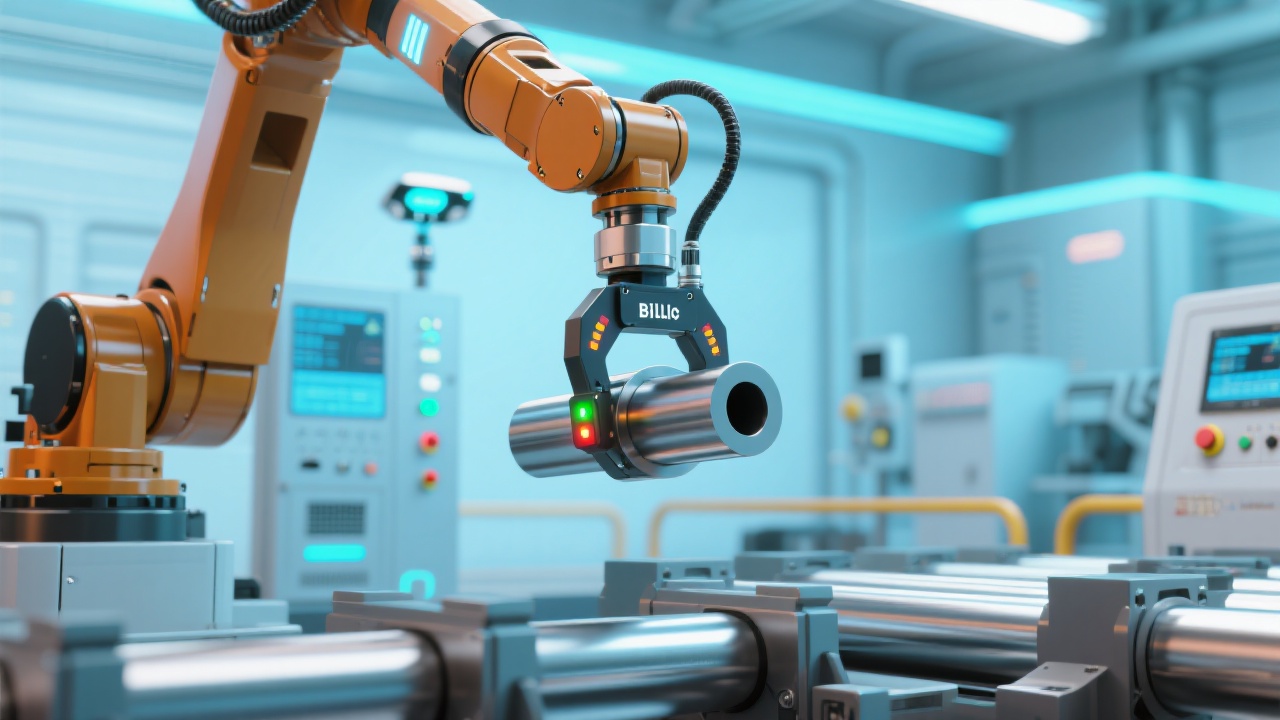
In the high-temperature environment of a hot rolling mill, every second counts. When plate坯 clamps—especially those used in continuous casting and hot rolling—start acting sluggishly, it’s not just an annoyance—it’s a production bottleneck. Based on over 18 years of global B2B field experience from TiDing Heavy Industry, this article breaks down the most common mechanical wear causes behind delayed clamp movement, hydraulic leaks, and gripping failures.
Many operators assume slow clamp action is due to air pressure or control system issues. But in reality, over 67% of cases we’ve diagnosed stem from mechanical wear inside the cylinder seals, pivot joints, and linkage components (based on our internal data from 43 plants across Asia, Europe, and South America).
For example, at a steel plant in Germany, repeated delays in billet handling were traced back to worn bushings in the clamp arm pivot points—a problem masked as “low air pressure.” After replacing just two bushings and applying proper grease (see table below), cycle time dropped by 18%, and downtime decreased by 32% within one month.
| Component | Recommended Inspection Interval | Wear Threshold (Visual + Measurement) |
|---|---|---|
| Cylinder Seal Ring | Daily (visual) / Monthly (pressure test) | Leak rate > 0.5 L/min or visible oil residue |
| Pivot Bushing | Weekly (manual check) | Play > 0.3 mm or rough surface finish |
| Sensor Mounting Bracket | Monthly (alignment verification) | Misalignment > ±2° |
What makes these issues so sneaky? They develop slowly—and often go unnoticed until they cause significant downtime. That’s why regular point checks aren’t enough. You need a structured maintenance plan that includes both visual inspection and condition-based monitoring using sensors.
Clamp actuation isn't just about hydraulics—it's also about precise timing. In one case in Brazil, a 25-second delay per cycle was caused by a misaligned limit switch on the automatic open/close mechanism. The sensor wasn’t triggering correctly during high-temp operation, leading to inconsistent clamp behavior.
Our engineers recommend calibrating all position sensors every 3 months—or after any major repair. This simple step can prevent up to 40% of unexpected stoppages related to automation failure, according to our field reports.

At TiDing, we don’t just sell equipment—we build trust through transparency. Our technicians have helped over 30 international clients implement preventive maintenance programs tailored to their specific operating conditions. Whether you’re in Turkey, Mexico, or Poland, our global support network ensures fast response times and expert guidance.
If your clamps are starting to lag—even slightly—it might be time for a deeper look. Don’t wait for a full breakdown. Proactive care saves money, boosts safety, and keeps your line running smoothly.
Ready to optimize your clamp performance?

